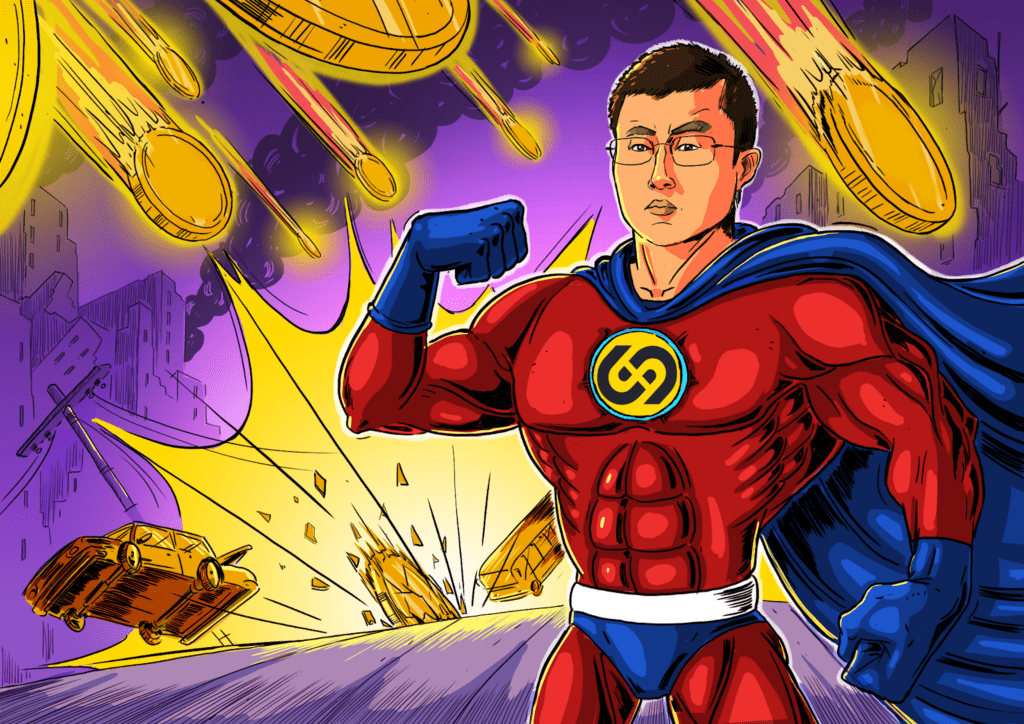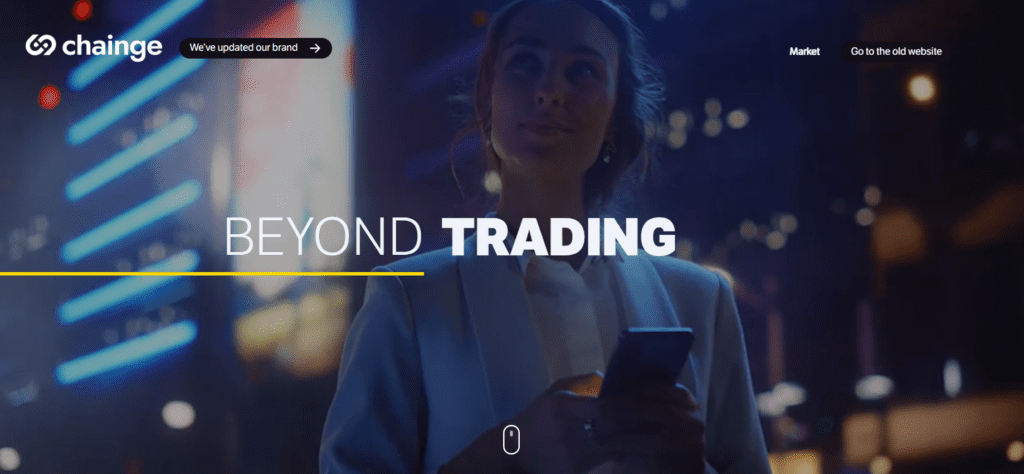The Future Of DeFi: Setting New Standards For Cross-Chain Liquidity Aggregation
Key Points:
- Let’s consider this- you want to swap 20 Million $USDT to $BTC, which exchange would you use?
- Now, what if you had your USDT split on several chains like Ethereum, Tron, Polygon, BSC etc. and wanted to swap them all at once?
- Project developers no longer need to expend valuable time and resources on single-chain aggregation and building bridges
Let’s consider this- you want to swap 20 Million $USDT to $BTC, DeFi which exchange would you use?

First things first, Binance cannot be used in this case as they don’t allow you to swap over 5M USTD. Another option is to go decentralized and use Uniswap or Sushiswap, but that comes with significant slippage/price impact. That leaves you with aggregators, but they are not exempt from sizable slippage either, as they all aggregate liquidity only from one single chain, in addition to the amount of time it takes for this transaction to go through.
This example is solely intended to demonstrate the limitations currently faced in terms of market liquidity. The price impact is especially pronounced in case of bigger amounts and this can be attributed to the lack of on-chain liquidity. But the same principle applies to smaller trades. You still see some slippage, and you can never be sure you’re getting the best price possible. Comparing prices on every single exchange or aggregator, followed by setting up accounts, transferring assets, and splitting the amount into smaller batches- it would all take hours.
Now let’s see how Chainge Finance approaches this differently to keep the slippage/price impact minimal, making it possible to get the absolute best price. Chainge is currently the most liquid DEX on the market and has aggregated around 70 billion in cross-chain liquidity. Moreover, the transaction takes only about two minutes to complete and doesn’t require going through any complicated KYC process beforehand. There is also no need to worry about which chain your assets are on.

USDT split on several chains like Ethereum, Tron, Polygon, BSC etc. and wanted to swap them all at once?
A theoretically simple transaction, regardless of the amount, could turn into an absolute nightmare- you’ll have to transfer your assets from one wallet to another, then subsequently from one exchange to another, and make a multitude of transactions that will cost you money. In a nutshell, the process ultimately costs you valuable time and money to simply move some assets split across a few chains to a single chain so that you can exchange them.
Once again, let’s consider this situation when Chainge is involved. With Chainge, you can have your assets split on any number of chains, and that regardless, you can bridge or swap them all with just one single tap. We’re talking about a matter of minutes before you have your assets on whatever chain you want in whichever currency you want. This is the future of decentralized exchanges: cross-chain liquidity aggregation supported by a user-friendly cross-chain roaming solution. Bridges will be obsolete; chains will not matter anymore. You will be dealing with what we call Universal Assets and will always, rest assured, get the best possible prices.

As we dig deeper into this matter, it is realistic to wonder how you’ll get the best prices and what it is that makes Chainge Finance different from other DEX aggregators out there. Simply put, Chainge Finance is currently the only DEX aggregator on the market that has the ability to simultaneously pull liquidity from multiple chains for any given transaction. With other aggregators, your transaction is likely to go through multiple exchanges on one single chain- same goes for other exchanges. This implies that the liquidity you have at your disposal per transaction lives on one single chain. With Chainge, on the other hand, you have instantaneous access to liquidity from all DEXs on all chains at once. Achieving this feat has phenomenally contributed to the company’s success in aggregating over 70 billion in liquidity to become the most liquid cross-chain aggregated DEX on the market today.
By developing the most advanced smart-router algorithm, Chainge has eliminated the disadvantage users face on account of interoperability or the lack-there-of. The proprietary cross-chain liquidity aggregation is the only palpable thing that ensures that you get the best prices by splitting your transactions across multiple chains at the same time. Now, what if you want to move your assets across chains in an instant? The Chainge cross-chain roaming solution is the fastest and the most economical way of doing that. Just two taps and all your assets from multiple chains can be moved to the destination chain effortlessly!

This might as well be an appropriate moment to address a big misconception about numerous projects that identify themselves as “cross-chain aggregators”. These aggregators do not and cannot aggregate liquidity cross-chain. De facto, what they are referring to is their ability to use liquidity on a single chain, and then use a bridge in the background post-swap, to send your assets to another chain. This can be described as multi-chain swapping at best, but it’s most definitely not the same as cross-chain liquidity aggregation. Also, there are plenty of bridges out there, and more are built every other day on the perception that moving one type of asset at a time from one chain to another is the only solution. But this only limits users in terms of both liquidity and flexibility.
Using bridges, wallets and several DEXs, all separately, to make one simple transaction is counterproductive and even contributes to potentially slowing down the crypto adoption rate. The more chains and assets cropping up in the market, the less accessible and more convoluted the processes of managing them becomes, since it’s significantly difficult for projects to interact with each other. They’re like separate island ecosystems pulling in different directions. This is where the Chainge solution comes in- one app for all assets and chains. One that facilitates the most liquid trading in the market. By building one app that serves all of your crypto-management needs, Chainge puts cutting edge tech to good use.
Project developers no longer need to expend valuable time and resources on single-chain aggregation and building bridges
With APIs readily available and free to integrate instantly, becoming truly interoperable is not a concern, nor is interacting with any existing chain or aggregate liquidity cross-chain. The need for feasible and convenient interoperability and unlimited trading liquidity is undeniable today. To serve this market better, we need to grow the blockchain sphere and rid ourselves of the issues posed by interoperability and liquidity, by working together as a team. Identifying gaps and embracing ingenious technological solutions is the only way to achieve that.
DISCLAIMER: The Information on this website is provided as general market commentary and does not constitute investment advice. We encourage you to do your research before investing.
Join us to keep track of news: https://linktr.ee/coincu
Website: coincu.com
Annie
Coincu News























